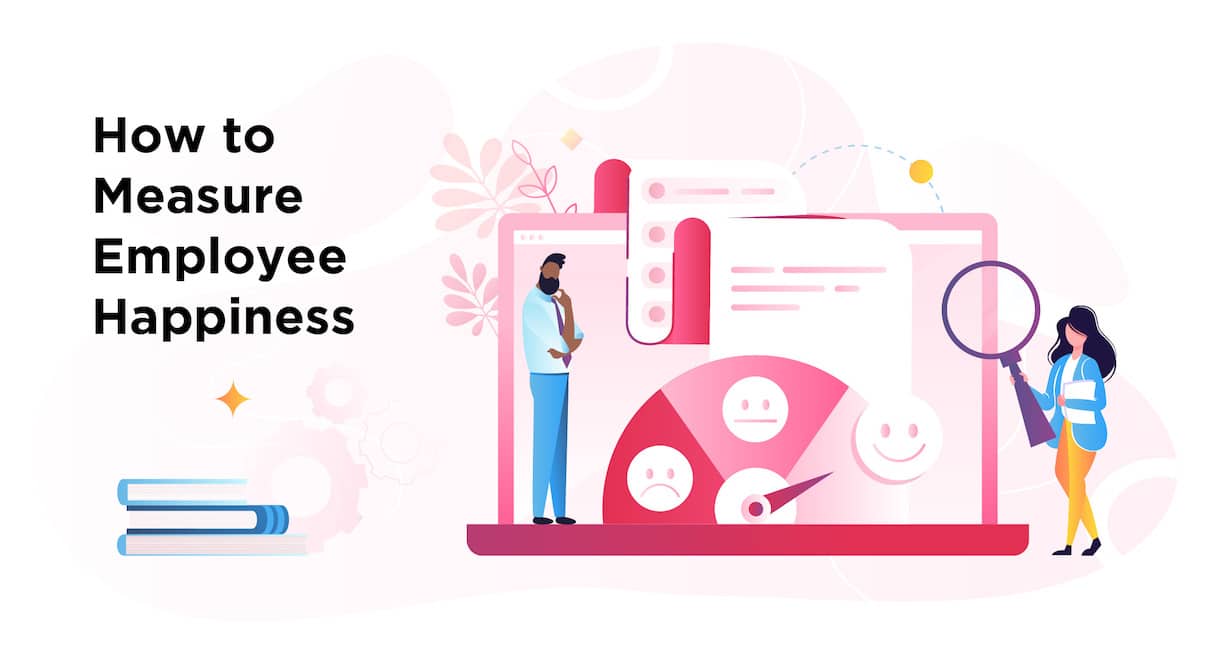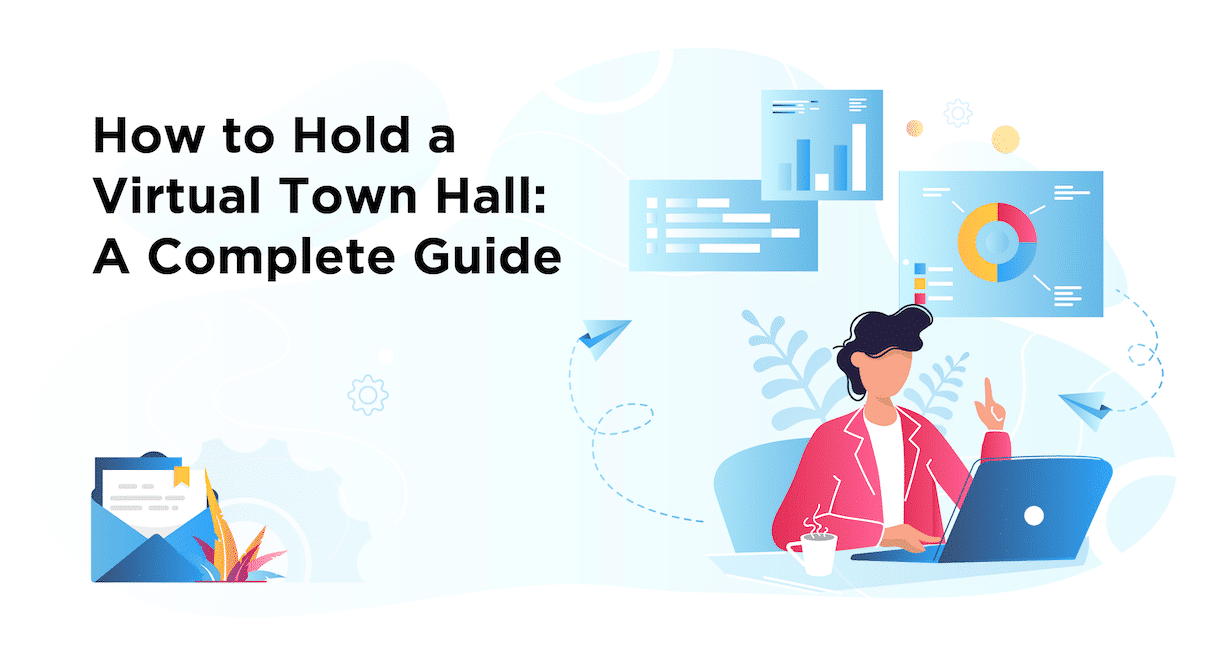Employee Experience
Discover how effective internal communication can transform your employee experience by creating a supportive, engaging work environment. This section covers:
- The impact of clear communication on employee satisfaction
- How to use internal emails to build company culture
- Best practices for creating a seamless employee journey
- Employee experience platforms and tools
- Best ways for measuring employee experience
A positive employee experience is crucial for engagement, productivity, and retention. Discover actionable insights on using internal email communications to foster a connected and motivated workforce. From onboarding to ongoing support, effective internal comms can make every employee feel valued.
Learn strategies for creating a consistent experience across touchpoints. We’ll also explore how internal email newsletters and other resources can keep employees informed, engaged, and excited about their role.
Most recent articles
Be a ContactMonkey insider
News, events, and best practices in internal communications.




